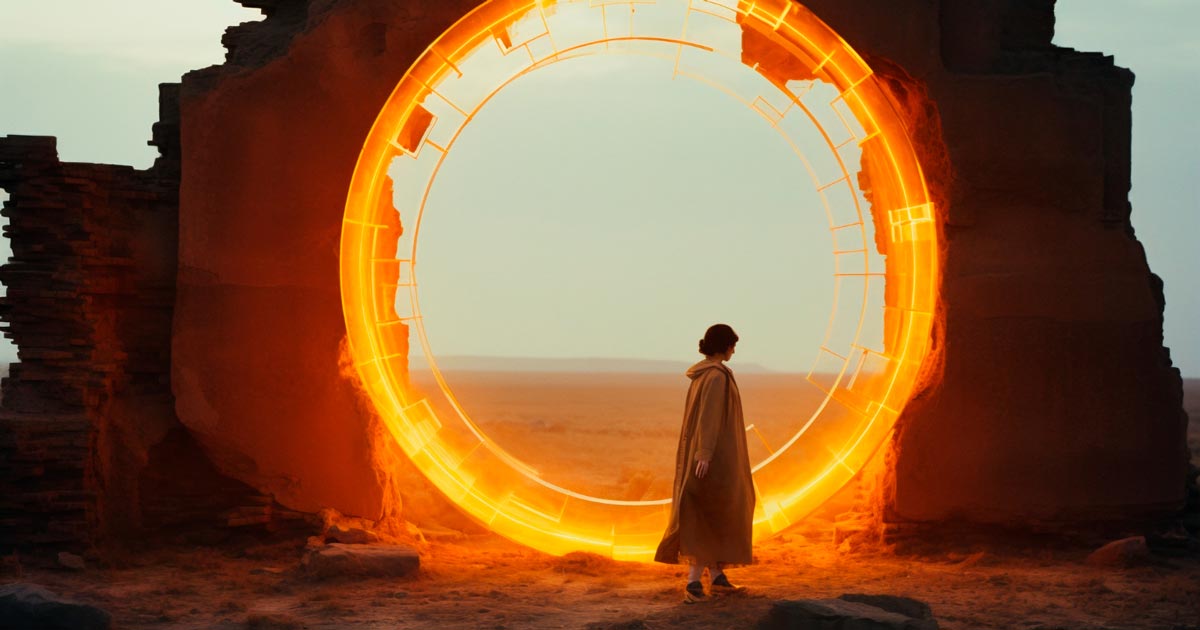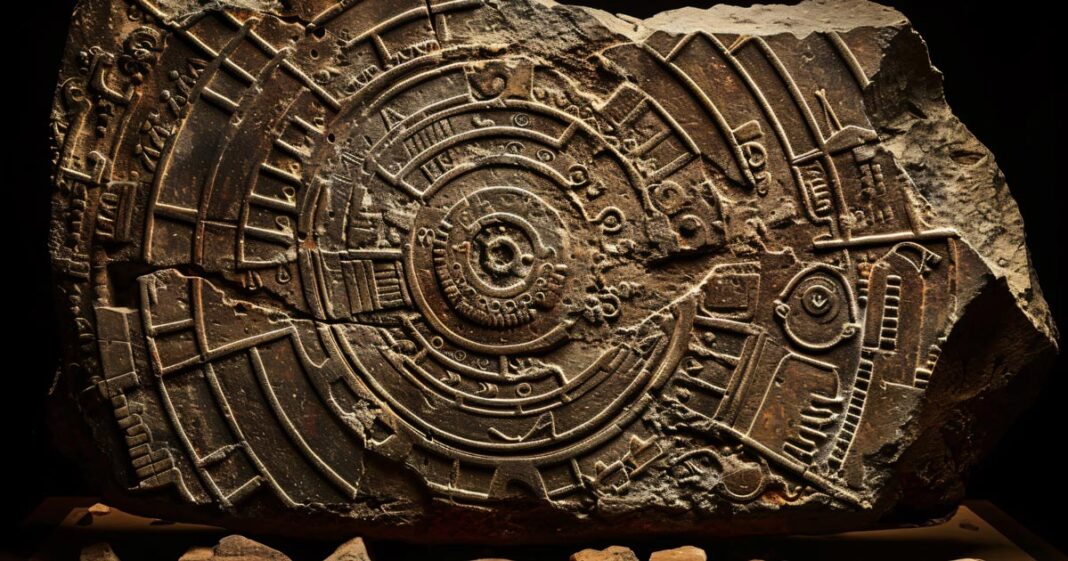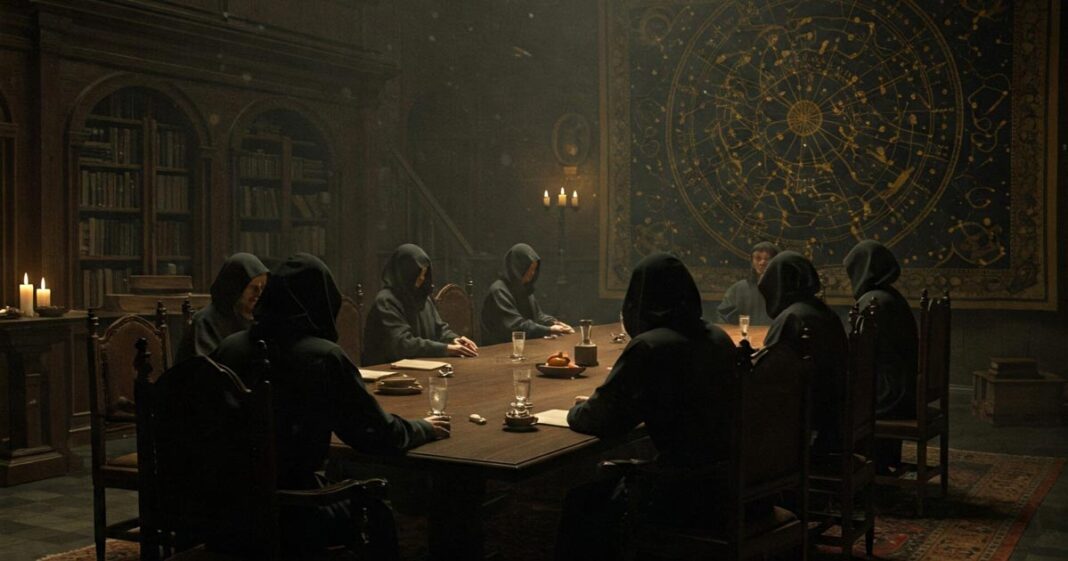
For centuries, myths and legends have shaped cultures, beliefs, and societies worldwide. While many consider these stories as pure fiction, historical and scientific discoveries suggest that some ancient myths might be rooted in real events. From the lost city of Dwarka to the great flood narratives, let’s explore myths that may have been more than just folklore.
- The Lost City of Dwarka: A Myth Turned Reality?
The legend of Dwarka, the kingdom of Lord Krishna, has been a part of Indian mythology for thousands of years. Hindu scriptures like the Mahabharata describe Dwarka as a grand, flourishing city that eventually sank into the sea after Krishna’s departure.
For the longest time, Dwarka was considered a mythical place. However, underwater archaeological excavations off the coast of Gujarat have revealed submerged structures that resemble an ancient city. Marine scientists and historians suggest that these ruins could date back to 1500 BCE or earlier, lending credibility to the story that a real city existed before being engulfed by the sea. If further verified, this discovery could change how we perceive history, blurring the lines between mythology and archaeology.
- The Ram Setu: A Bridge Built by an Army of Monkeys?
The Ramayana tells the story of how Lord Rama’s army of vanaras (monkey warriors) built a bridge, known as Ram Setu, connecting India to Sri Lanka to rescue Sita from Ravana. For a long time, this was considered just a legendary tale.
However, NASA satellite images have shown a chain of limestone shoals between Tamil Nadu and Sri Lanka, commonly referred to as Adam’s Bridge. Geological studies suggest that these formations are thousands of years old, and some theories propose that the bridge might have been artificially constructed or modified. The exact origin remains debated, but the myth of Ram Setu may have been inspired by real geological formations, making it one of history’s most fascinating mysteries.
- The Great Flood: A Global Cataclysm?
The tale of a great flood is not unique to India; it appears in various ancient cultures, including the story of Noah’s Ark in the Bible and Manu’s deluge in Hindu mythology. According to Hindu texts, the first man, Manu, was warned by the god Vishnu about an impending flood and was instructed to build a boat to save himself and other life forms.
Scientific research suggests that catastrophic flooding events may have occurred around 10,000 years ago due to melting glaciers and rising sea levels. The discovery of submerged ancient settlements worldwide, such as those in the Gulf of Cambay (off India’s western coast), supports the theory that early civilizations might have witnessed and recorded such deluges as myths.
- The Iron Pillar of Delhi: A Testament to Lost Knowledge?
The Iron Pillar of Delhi, a 1,600-year-old structure, defies conventional metallurgy. Despite being exposed to harsh weather for centuries, it has not rusted significantly, baffling scientists and historians alike.
Many believe this pillar, built during the Gupta period, holds evidence of advanced metallurgical knowledge lost to time. Some even link it to ancient texts describing “divine weapons” and engineering feats beyond contemporary understanding. While no supernatural explanations are necessary, the pillar showcases the remarkable knowledge that ancient civilizations possessed.
Real-Life Stories of Indian Scholars and Researchers Investigating Ancient Myths
Indian scientists and researchers have played a crucial role in uncovering the truths behind these myths. One such individual is Dr. S. R. Rao, an archaeologist who led marine explorations in the Arabian Sea and played a key role in discovering the submerged remains of Dwarka. His groundbreaking work earned him national recognition, proving that ancient legends might have real historical foundations.
Similarly, Dr. K. Radhakrishnan, former chairman of ISRO, has often spoken about how ancient Indian texts contain references to astronomical and scientific knowledge that align with modern findings. Under his leadership, ISRO achieved the remarkable feat of sending the Mangalyaan (Mars Orbiter Mission) into space on its first attempt in 2014. This success resonated with the world, earning ISRO the Space Pioneer Award from the National Space Society in the USA.
Conclusion: Myth and Reality Are Often Intertwined
Ancient myths are more than just captivating stories; they are windows into the past that, when explored scientifically, can reveal hidden truths about our history. As research and technology advance, we may continue uncovering the real events that inspired these legendary tales. What was once dismissed as myth may one day be recognized as history, changing our understanding of civilization forever.





